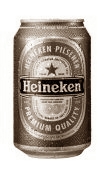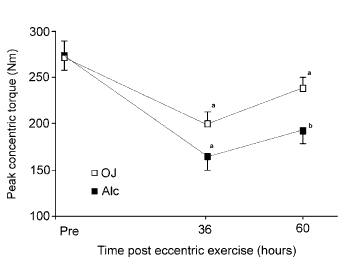Biochemistry of Aging Laboratory, Center for Exercice Science, College of Human Performance, University of Florida, Gainesville, FL 32611, USA.
There has been no investigation to determine if the widely used over-the-counter, water-soluble antioxidants vitamin C and N-acetyl-cysteine (NAC) could act as pro-oxidants in humans during inflammatory conditions. We induced an acute-phase inflammatory response by an eccentric arm muscle injury. The inflammation was characterized by edema, swelling, pain, and increases in plasma inflammatory indicators, myeloperoxidase and interleukin-6. Immediately following the injury, subjects consumed a placebo or vitamin C (12.5 mg/kg body weight) and NAC (10 mg/kg body weight) for 7 d. The resulting muscle injury caused increased levels of serum bleomycin-detectable iron and the amount of iron was higher in the vitamin C and NAC group. The concentrations of lactate dehydrogenase (LDH), creatine kinase (CK), and myoglobin were significantly elevated 2, 3, and 4 d postinjury and returned to baseline levels by day 7. In addition, LDH and CK activities were elevated to a greater extent in the vitamin C and NAC group. Levels of markers for oxidative stress (lipid hydroperoxides and 8-iso prostaglandin F2alpha; 8-Iso-PGF2alpha) and antioxidant enzyme activities were also elevated post-injury. The subjects receiving vitamin C and NAC had higher levels of lipid hydroperoxides and 8-Iso-PGF2alpha 2 d after the exercise. This acute human inflammatory model strongly suggests that vitamin C and NAC supplementation immediately post-injury, transiently increases tissue damage and oxidative stress.
Source: http://www.ncbi.nlm.nih.gov/pubmed/11557312




